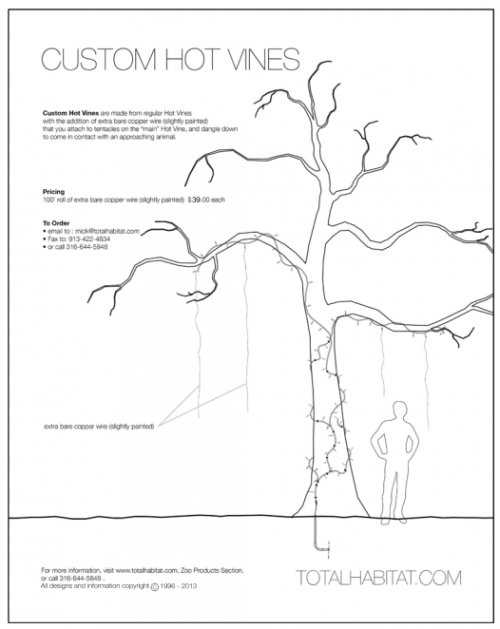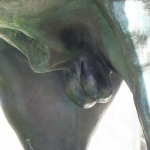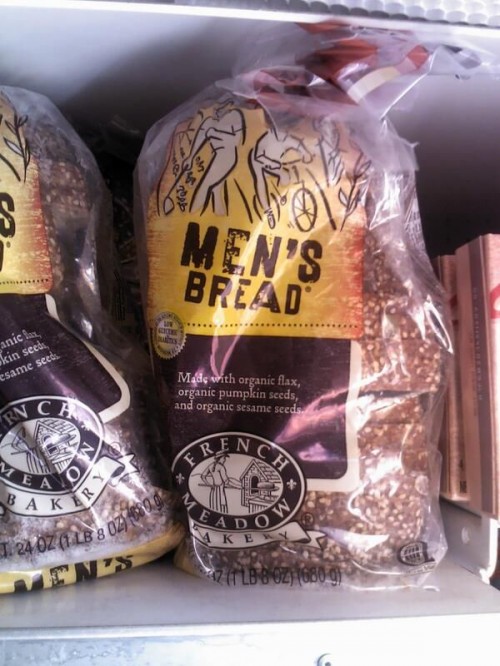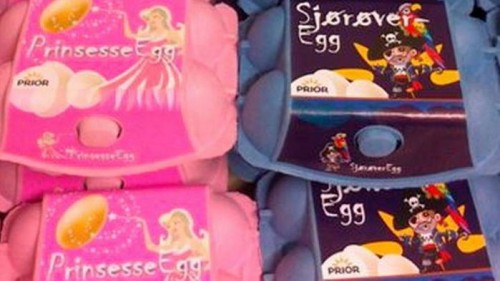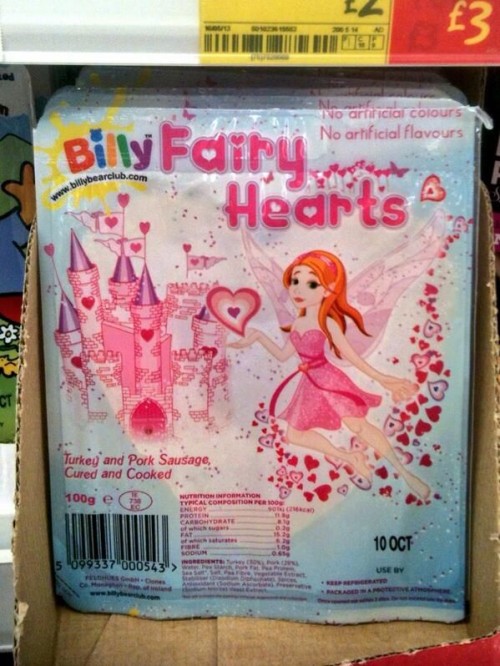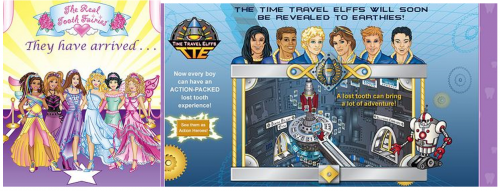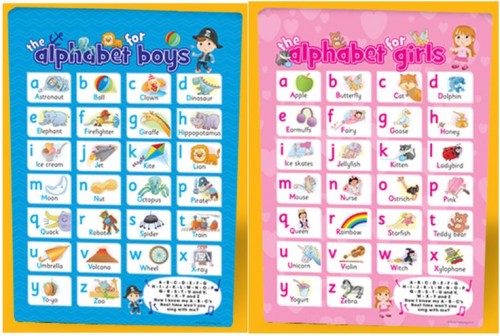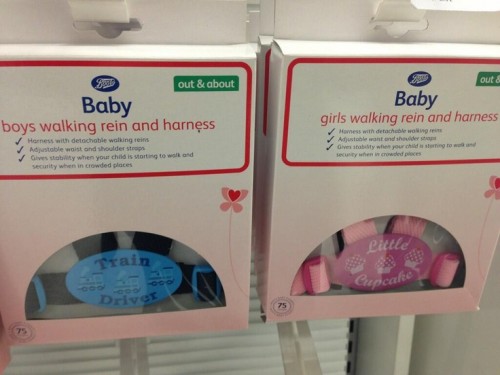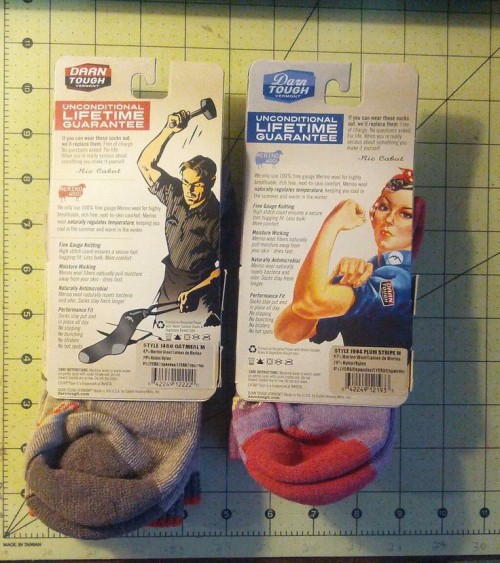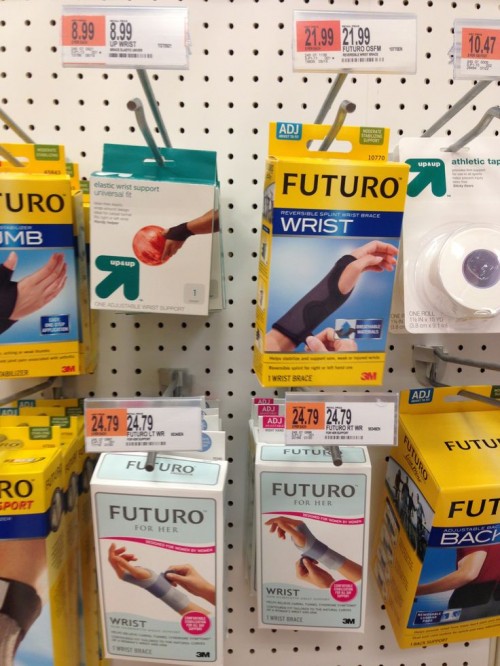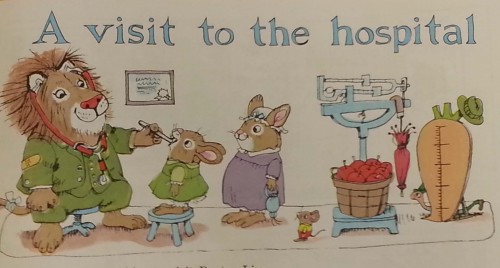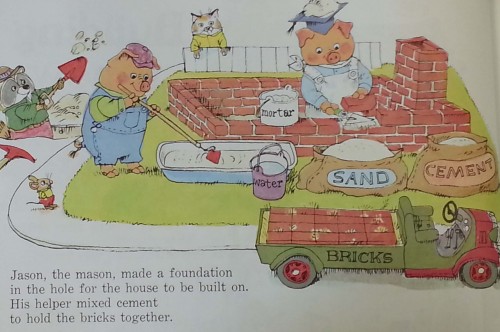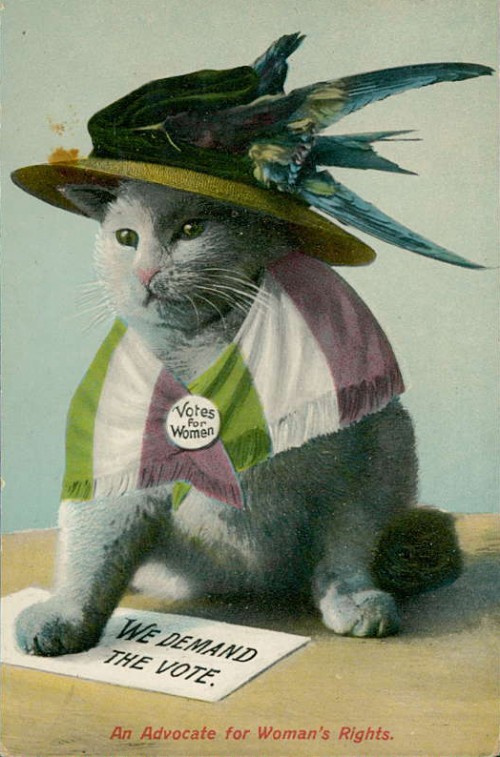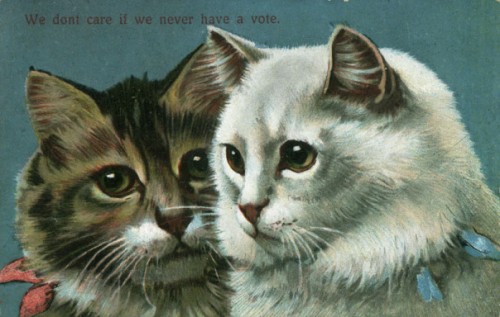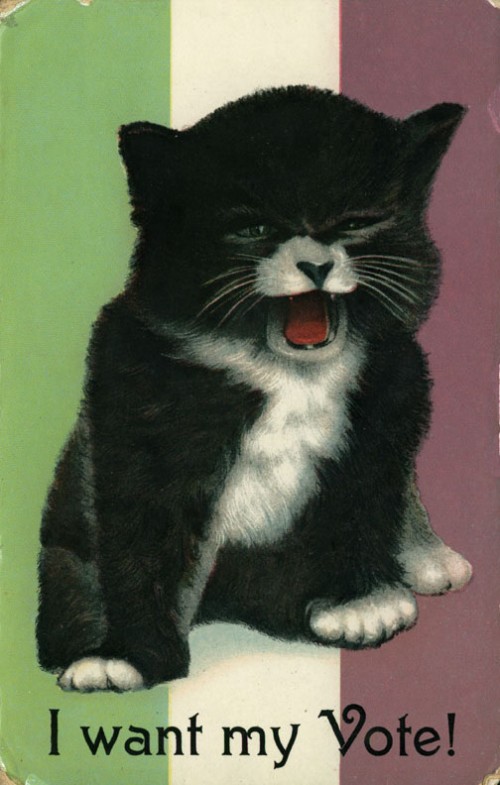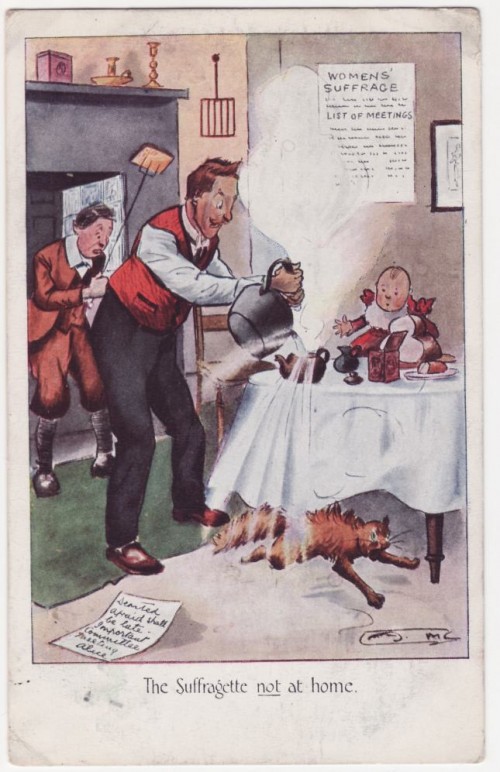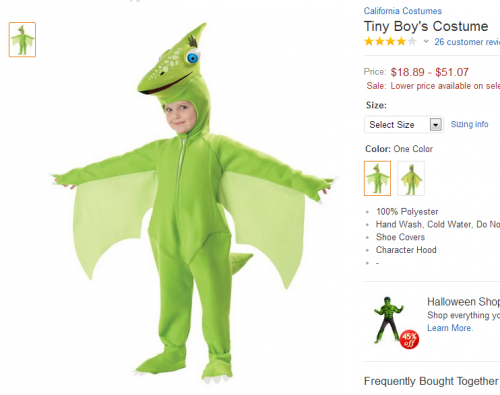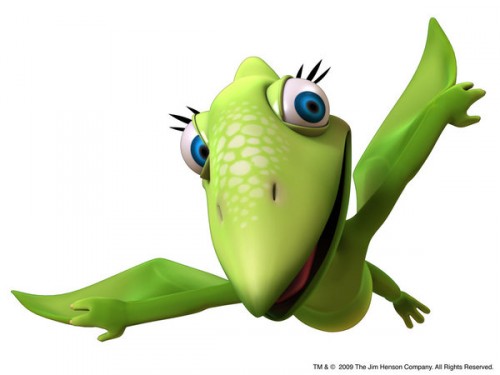Forgive me, because this is probably better left to Cyborgology, but something amazing is happening here. In the video below, nesting swallows become trapped in a building when they add doors. The birds soon learn, though, that they can get the doors to automatically open by triggering the motion sensors. This is a story, obviously, of how smart birds are, but here’s what struck me: we often think about human technology as for humans. In this case, however, birds adapted the technology for their own very similar needs (to get in and out).
If the workers had installed an older human technology — plain old doors — the birds would have been out of luck because they don’t have thumbs and the strength to manipulate an environment built for humans. But motion activated doors make both thumbs and strength irrelevant, so now birds are our functional equals.
This is fascinating, yeah? Our technology has advanced to the point where we’re potentially undermining our own evolutionary advantages. I’m not putting a moral judgment on it. I think morality is firmly on the side of non-fitness based decisions (eh em, social Darwinism). If one wants to theorize the relationship between animals, technology, and what it means to be human, however, this looks like gold to me.
Okay Cyborgology, your turn.
Thanks to Reuben S. for the tip! Cross-posted at Pacific Standard.
Lisa Wade, PhD is an Associate Professor at Tulane University. She is the author of American Hookup, a book about college sexual culture; a textbook about gender; and a forthcoming introductory text: Terrible Magnificent Sociology. You can follow her on Twitter and Instagram.




